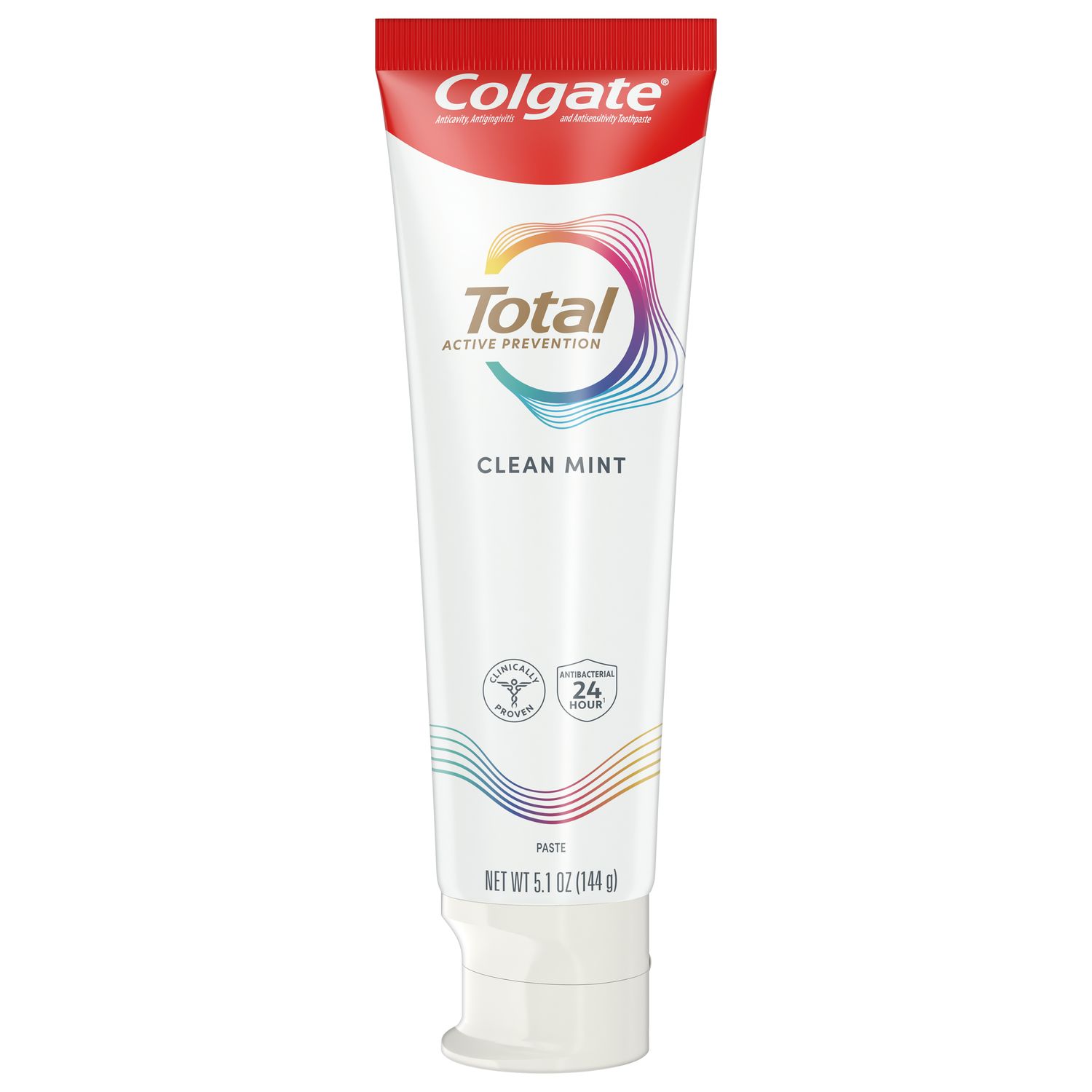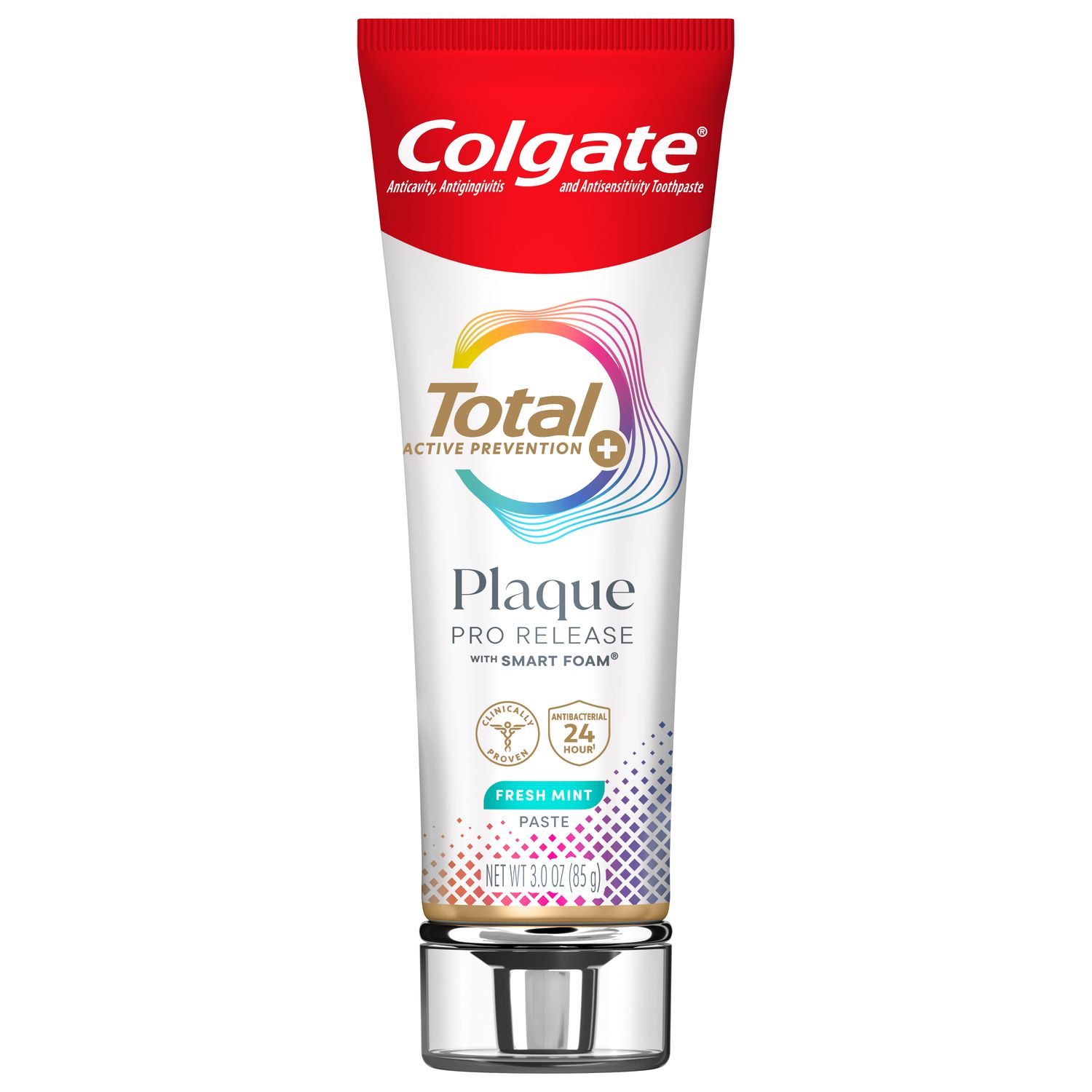
Geriatric dental care has become more important than ever as the dental field can expect to see an influx of geriatric patients over the coming decades. According to the Tufts School of Dental Medicine, the U.S. population age 65 and older grew from 35 million in 2000 to 40 million in 2010. The number is projected to jump to 72 million by 2030. Many geriatric patients are faced with anxiety, a physical handicap, cognitive impairments, financial hardship and/or the inability to get to a dental office. It's important to take these factors into account when treating them.
It is key that dental hygienists know how to make this population more comfortable visiting the dental office for routine care. Here are some simple steps a dental office can take to help elderly patients overcome obstacles that prevent them from receiving routine dental care.
Appointment Reminders
Ask patients or caregivers their preferred mode of contact. Individuals may prefer a text, an email, a phone call or a postcard. It is also a good idea to send all patients an appointment confirmation reminding them of not only the date and time of their appointment but also what it is for and the dental hygienist and dentist who will be seeing them.
Keep in mind that the older population may not be as familiar with technology as young adults. So, if you are sending instructions by email or text, make sure that your older patients know how to access them.
Barriers
Some geriatric patients feel that when a restorative procedure is recommended, the restorative procedure is not necessary because they are getting too old to worry about their dental health. Elderly patients may be reluctant to agree to treatment due to a limited income, anxiety or that the problem does not cause them pain. As dental professionals, we try our best to explain why the doctor is recommending treatment, but sometimes there is still a barrier. Consider showing patients their own X-rays, intra-oral photographs, animated graphics and 3D models to help your patients and their caregivers visualize the oral issue and understand the importance of treatment.
Once elderly patients and/or caregivers understand the value of treatment, they may be more likely to agree to treatment. Send geriatric patients home with a copy of their treatment plan, so they can organize their finances and discuss payment with the dental office.
Comfort and Anxiety
Another reason older patients may avoid going to the dentist is anxiety. There are a few easy ways you can make their time in the chair more comfortable.
Older patients may find that using a pillow and a blanket while in the chair may help them relax and feel more comfortable. A "dog bone" pillow supports the patient's neck, and the pillow does not interfere with patient care. Playing relaxing music in the office helps to create a calm environment. Talking the patient through the procedure as it is completed can help a patient with anxiety feel more at ease.
At the end of the appointments, inform patients verbally and provide written post-operative instructions for reference. Have a staff member follow up with patients the next morning. Letting patients know that the whole office cares about their well-being will build patient rapport and hopefully ease future anxiety.
Patient Education
Treating elderly patients and educating them on their oral health is important to maintain overall health. Elderly patients and their caregivers may struggle to retain all the information that the dental hygienist gives them at their appointment.
Colgate has a tool that helps remind patients and caregivers of home care instructions. Gum Health Physical allows dental hygienists to create a customized report that can be printed or emailed to the patients and caregivers. The report includes a tooth chart that indicates where patients need to improve home care, product recommendations, recall frequency, risk factors and any other details that the dental hygienist wants to include at the bottom of the report. Many elderly patients may forget what products to get at the store or how they need to improve their oral hygiene routine, so this report is a great reminder that they can take to the store or tape to their bathroom mirror.
Takeaways
- Determine the best communication method for elderly patients and their caregivers.
- Create a calm environment to ease elderly patients' anxiety.
- Take time to educate elderly patients on procedures and send them home with comprehensive instructions.
Why It's Valuable
It's important for dental hygienists to spend time making sure elderly patients are comfortable. Obstacles may prevent geriatric patients from seeking or agreeing to treatment, so it is key to follow up with them and their caregivers to make sure they receive the best dental care.
Join us
Get resources, products and helpful information to give your patients a healthier future.
Join us
Get resources, products and helpful information to give your patients a healthier future.













